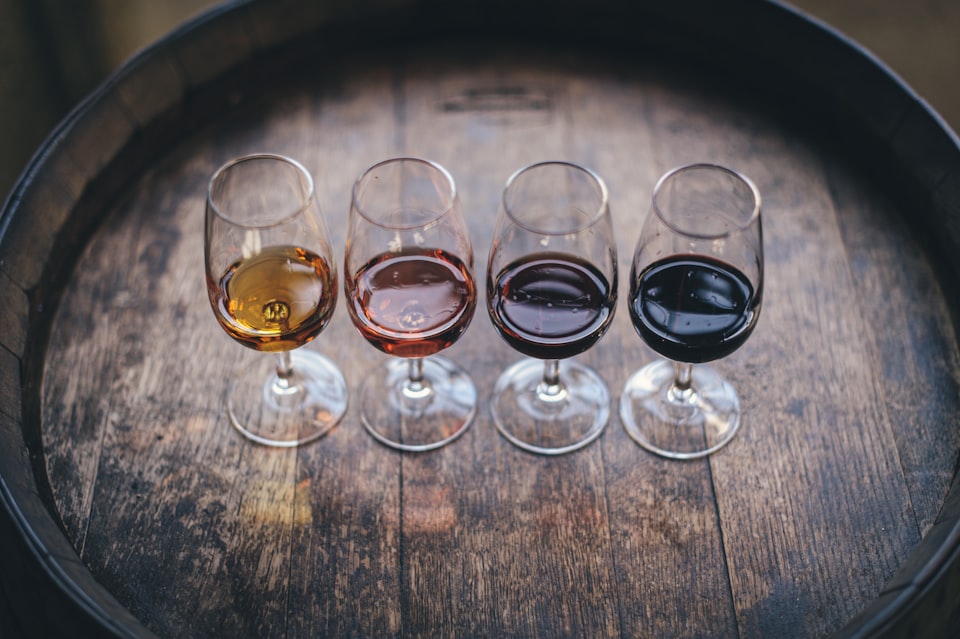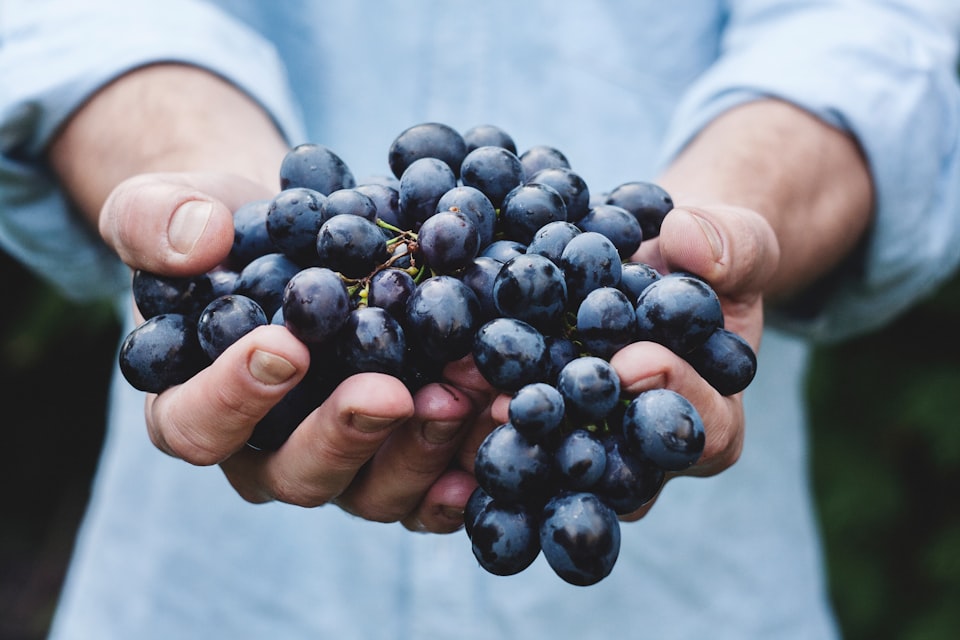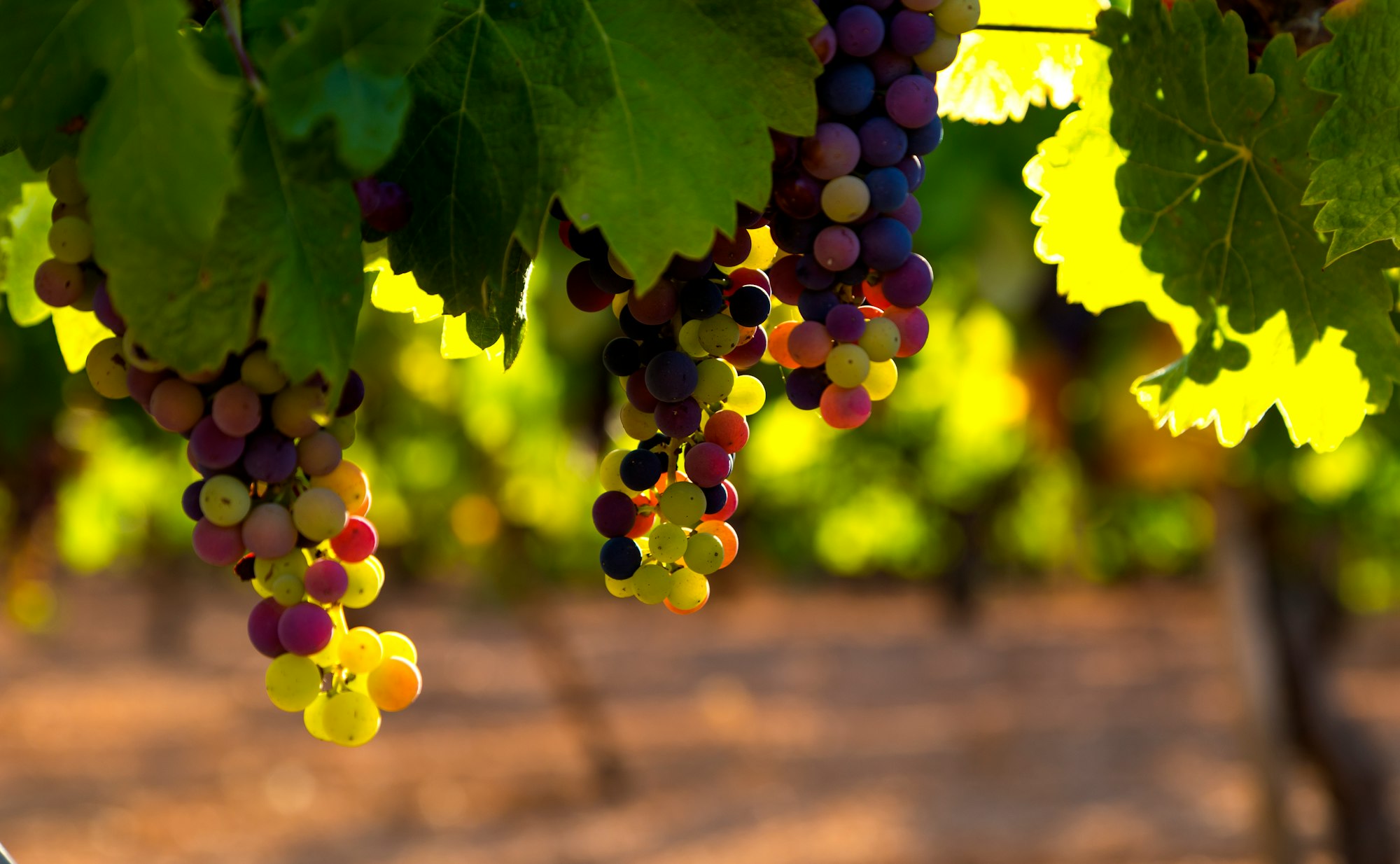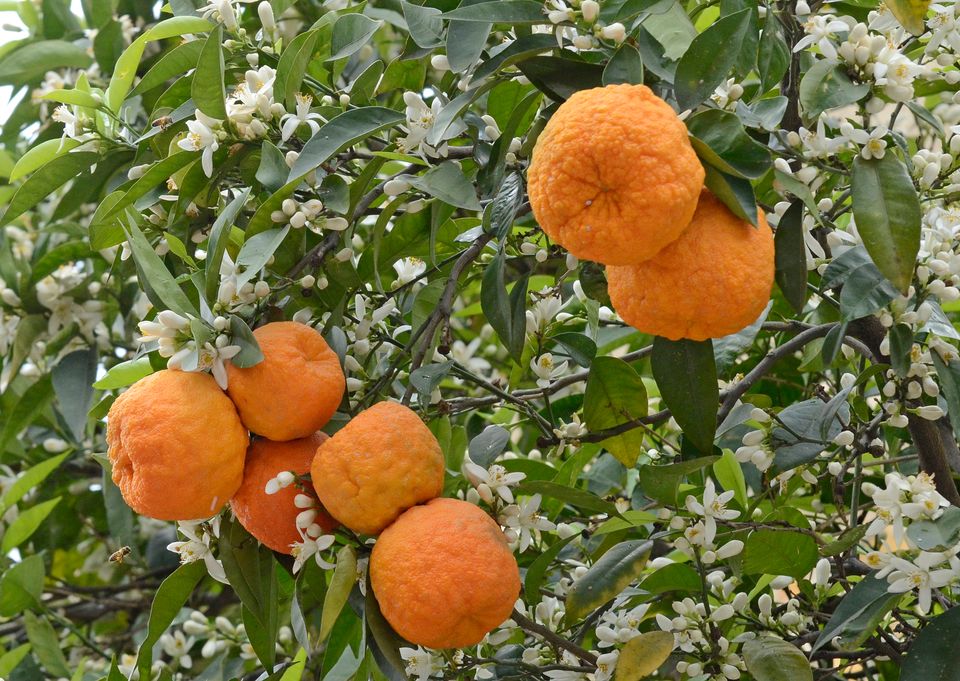II: Peach
How to bribe your way to a ripe old age.
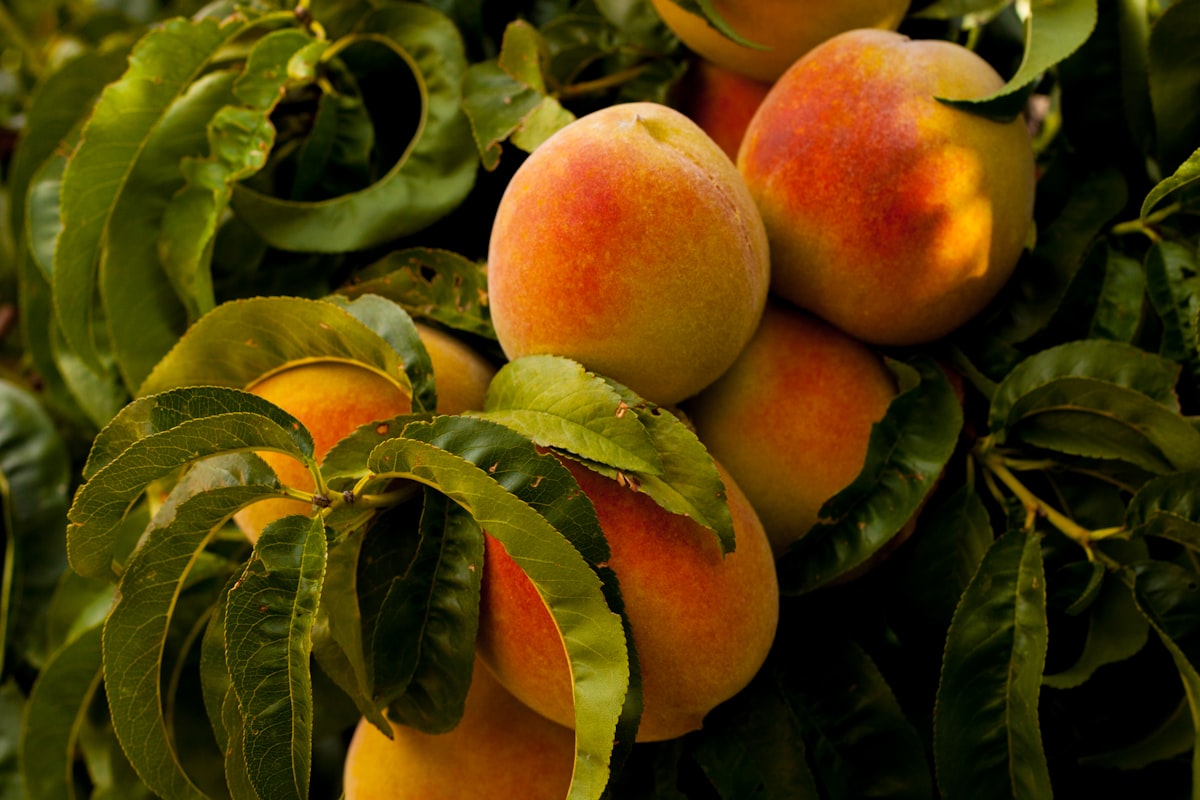
Good morning. Today is duodi, the 22nd of Vendémiaire, Year CCXXXI. We celebrate la pêche, the queen of the stone fruits.
The peach is the most classic example in the world of a drupe. Drupes are any fruits that form a stone, and we have to use the term 'fruit' here in a botanically correct (but colloquially bizarre) way because raspberries, almonds, and coffee beans are drupes, too.
Drupes do my favorite thing in the plant kingdom, which is to grow something super delicious and hide a prize inside. The stones are built to survive being eaten by an animal. The hard outer wall becomes perfectly thinned in the digestive process, and then the ready-to-germinate seed is, um, deposited in some ready-made fertilizer a good distance away from the mother tree. Many fruit seeds are intended to be eaten, but drupes have mastered the art of travel-by-tummy.
Peaches, in particular, have one other special trick up their sleeves – an early start. The trees blossom before the leaves grow, producing brilliant pink flowers on seemingly dead twigs in late winter or early spring, and only later putting out foliage as the fruits begin to emerge. For this reason, peaches are associated with long life and immortality in China – which is incidentally the peach's native habitat and still the nation that produces by far the most peaches in the world.
Which leads us to the story of a Chinese anti-Santa and the bribes he will take.
